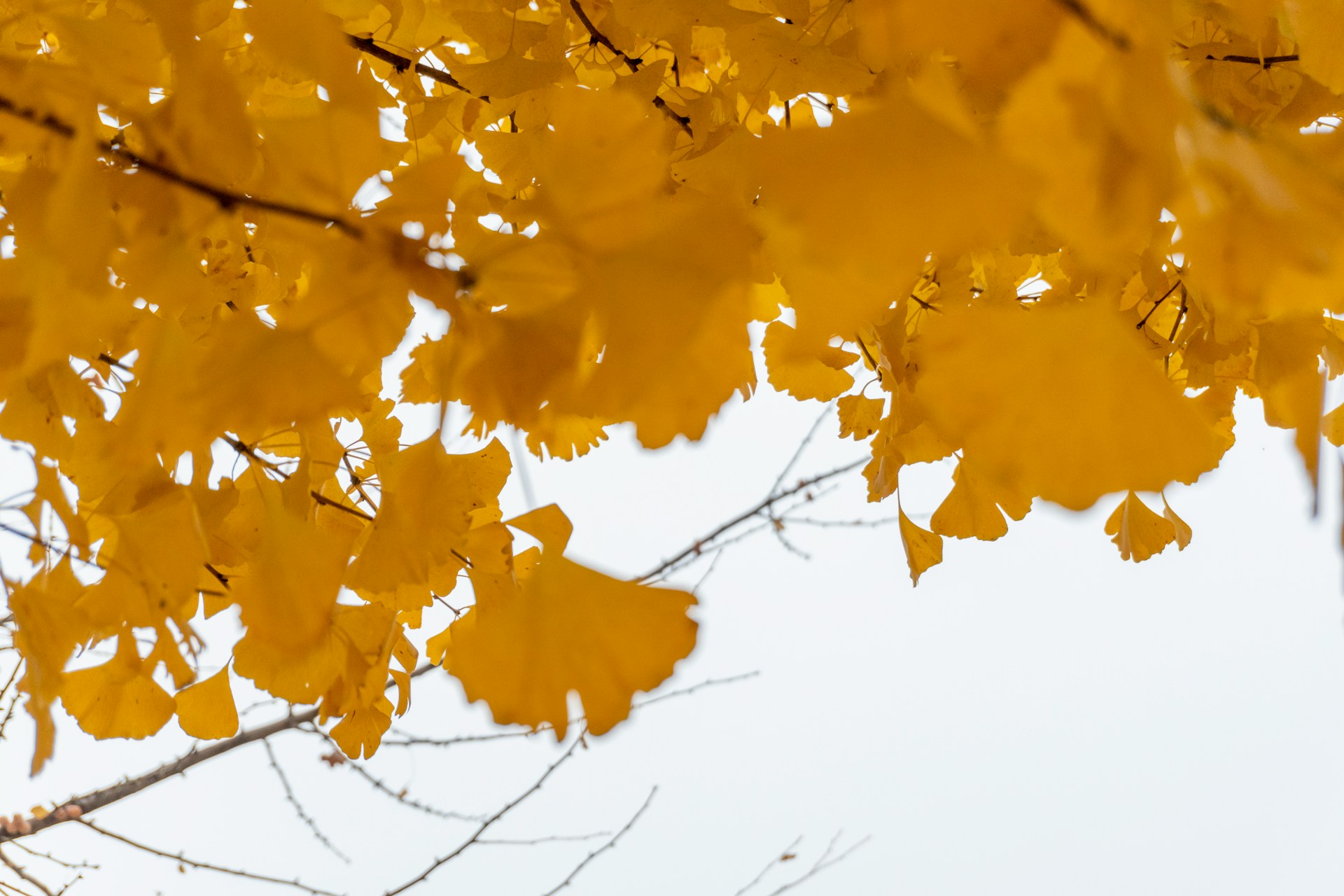The Ginkgo biloba tree, also known as the maidenhair tree, is a living fossil that has a vital role in urban greening initiatives. With its unique fan-shaped leaves, this ancient tree species has been around for millions of years and has managed to adapt to various environmental conditions.
One of the key reasons why Ginkgo biloba is favored in urban areas is its resilience to pollution and other environmental stressors. This makes it an ideal tree for city landscapes where air quality is often a concern. The tree's ability to thrive in urban environments helps to improve air quality by absorbing pollutants and providing shade, thereby contributing to a healthier and more pleasant cityscape.
Furthermore, the striking appearance of the Ginkgo biloba tree makes it a popular choice for urban planners and landscape architects. Its bright green leaves turn a beautiful golden yellow in the fall, creating a stunning visual display that adds to the aesthetic appeal of urban spaces. The tree's distinctive shape and form make it a standout feature in parks, streetscapes, and other public areas.
In addition to its ornamental value, Ginkgo biloba also offers practical benefits to urban environments. Its dense foliage provides shade, which can help reduce energy costs by lowering temperatures in surrounding areas. The tree's deep root system helps to prevent soil erosion and improve water infiltration, making it a valuable asset in urban stormwater management.
Overall, Ginkgo biloba plays a crucial role in urban greening efforts by enhancing the quality of life for city residents and visitors. Its ability to thrive in challenging urban conditions, coupled with its aesthetic appeal and environmental benefits, make it a valuable addition to any green infrastructure project. As cities continue to prioritize sustainability and green spaces, the Ginkgo biloba tree stands out as a symbol of resilience and beauty in the urban landscape.




